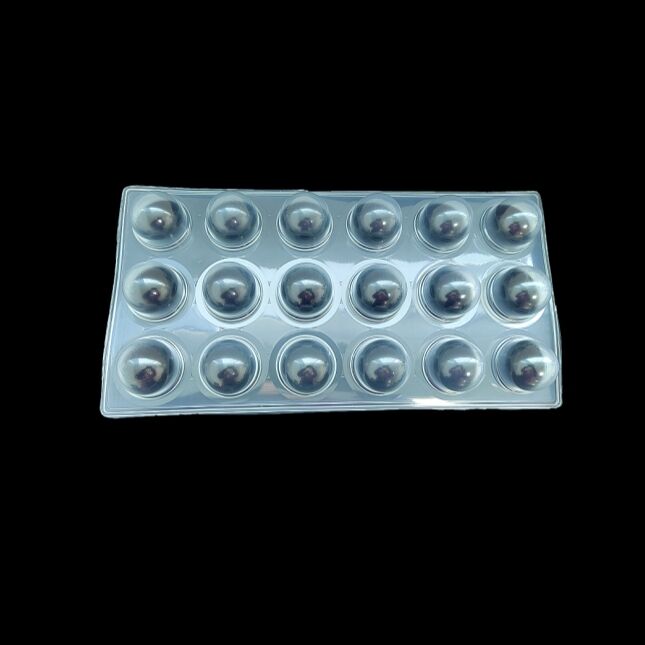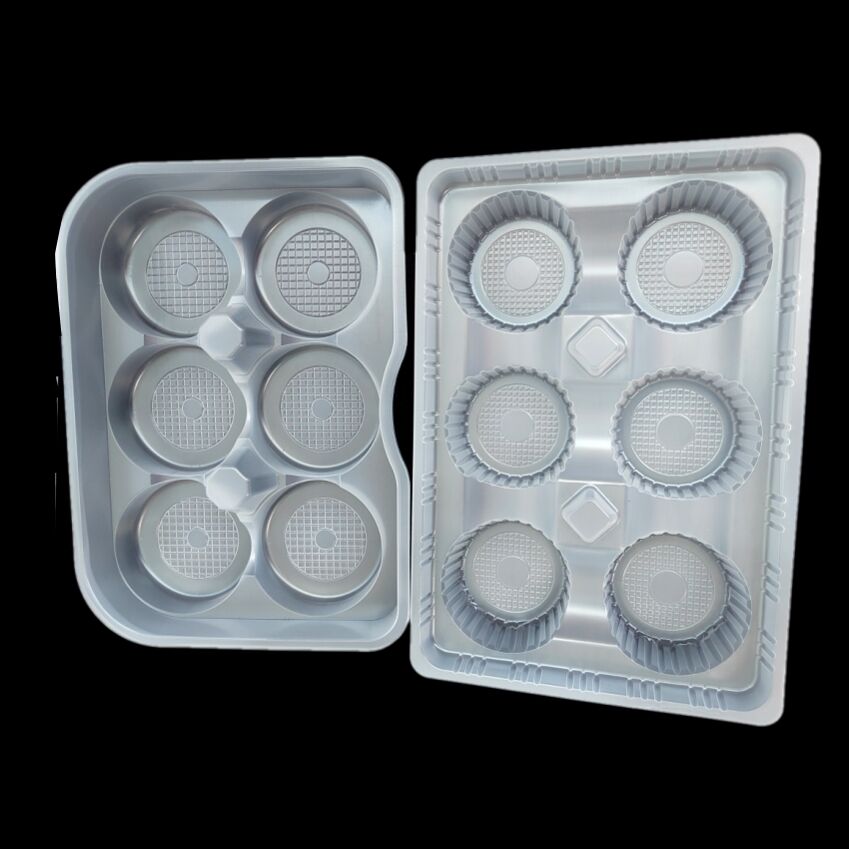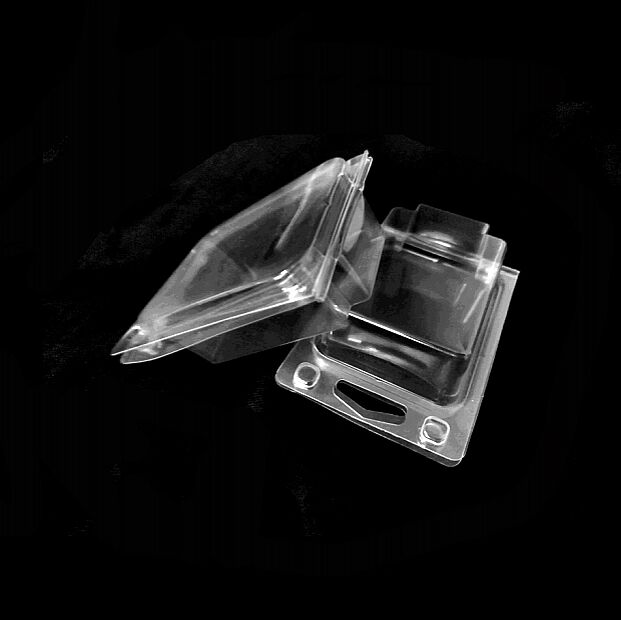blister packaging price
Blister packaging price considerations encompass various factors that influence the overall cost of this essential packaging solution. The pricing structure typically includes materials, manufacturing processes, and scale of production. Modern blister packaging utilizes high-quality materials like PVC, PET, and aluminum foil, with prices varying based on material selection and thickness. The manufacturing process incorporates advanced thermoforming technology, where plastic sheets are heated and molded to create precise cavities for product placement. Production volume significantly impacts the per-unit cost, with larger orders generally resulting in lower unit prices. Quality control measures, including seal integrity testing and material verification, are integrated into the pricing structure. The price also reflects customization options such as size specifications, cavity configurations, and backing material choices. Additionally, factors like regulatory compliance requirements, especially for pharmaceutical and medical device packaging, influence the final cost. Modern blister packaging facilities employ automated systems for consistent production quality and efficiency, which is reflected in the pricing structure. The investment in these technologies ensures reliable product protection and extends shelf life, making the price point justified for businesses seeking professional packaging solutions.


